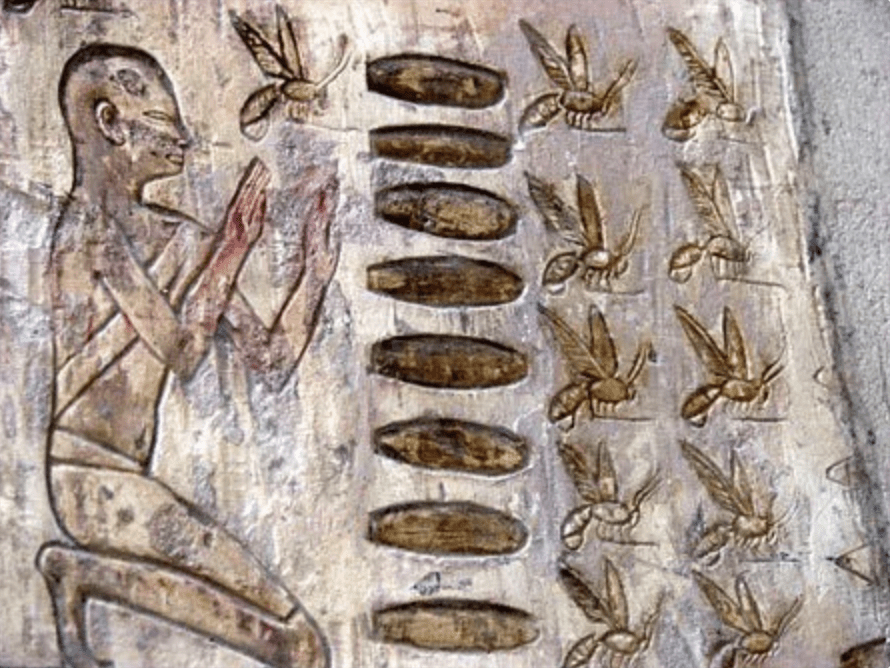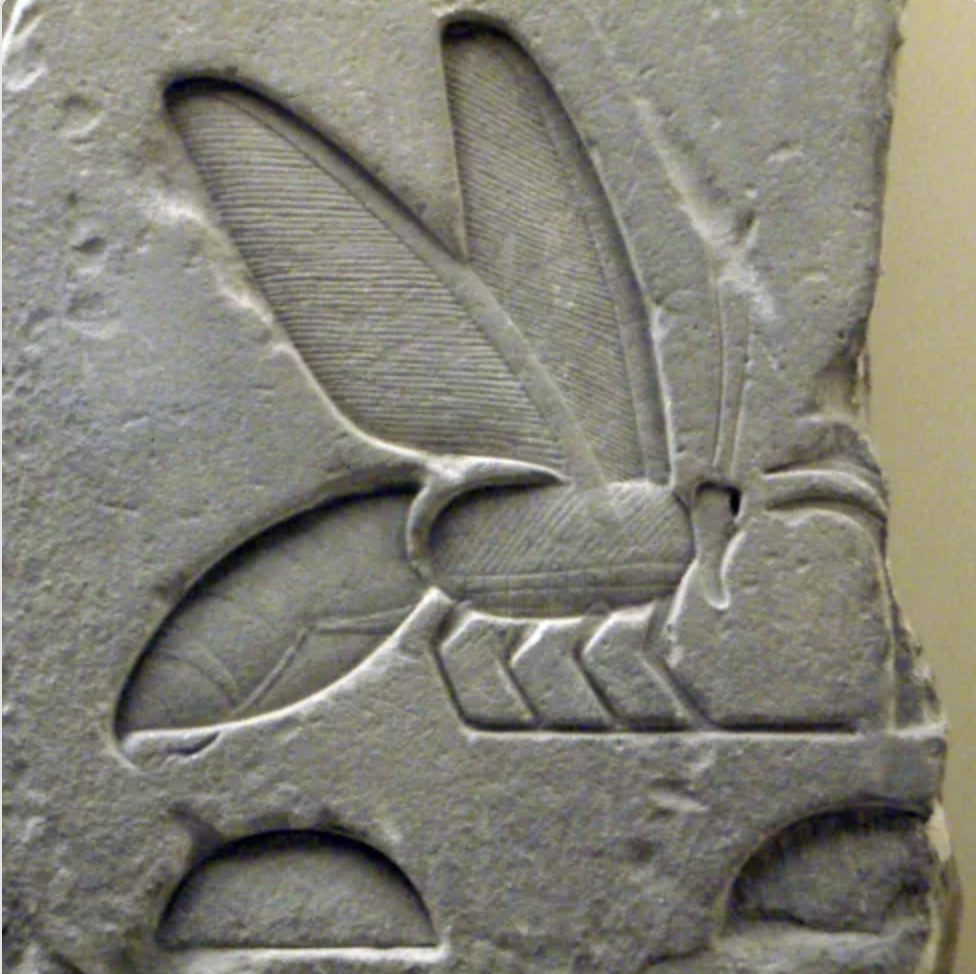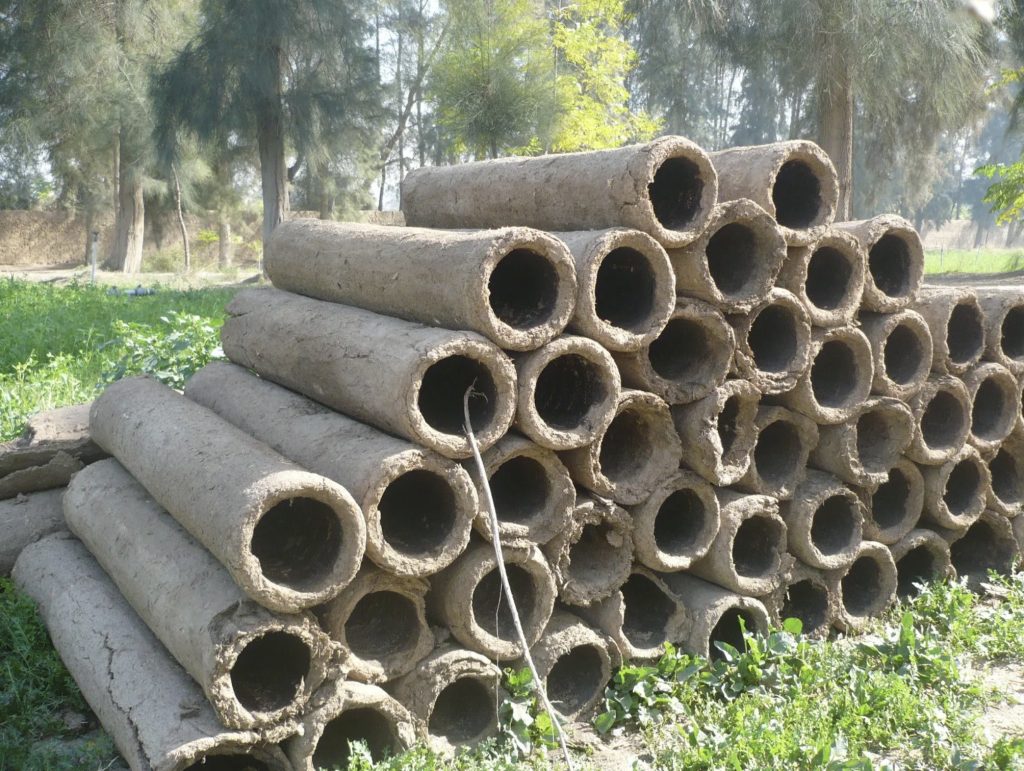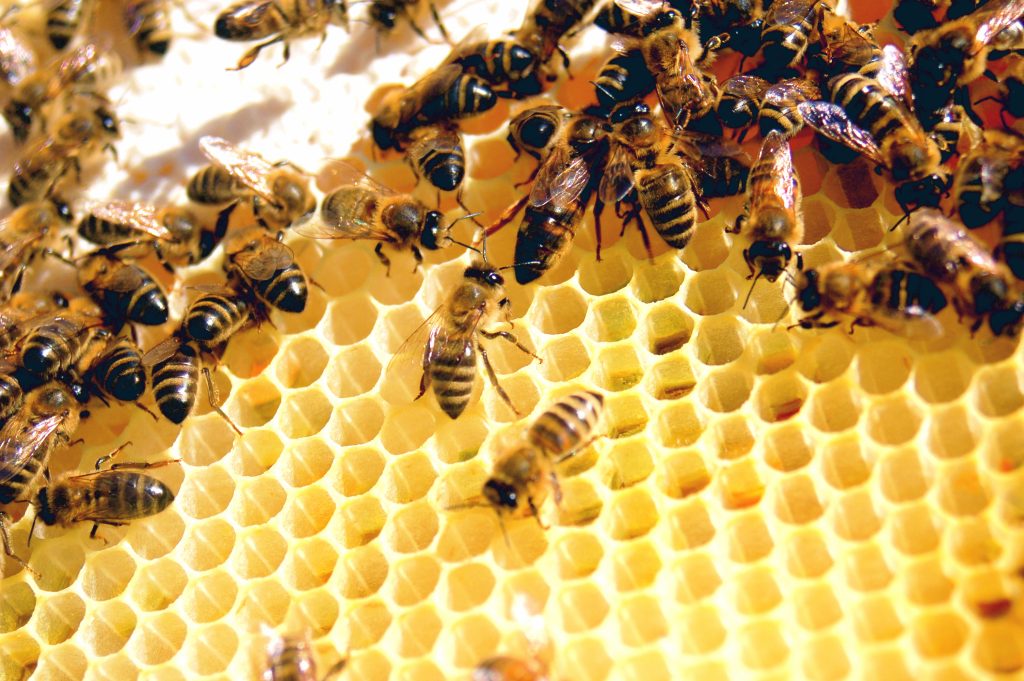Beekeeping’s Deep-rooted History In The Middle East
The word honey brings up childhood memories of Winnie the Pooh, the beloved fictional bear whose love of honey is known by children all over the world. However, although not normally associated with honey and beekeeping, the Middle East has the world’s longest tradition of beekeeping and honey and can even lay claim to producing the world’s most expensive honey.
Although humans had been foraging for wild honey for at least 25,000 years in hunter-gatherer societies, humans first began keeping bees in man-made hives and systematically farming their honey in Egypt. Several tomb and temple paintings beautifully depict bees and workers cultivating their honey, which became an important part of ancient Egypt’s economy and culture. While honey was used, much like today, to sweeten foods, it was also used medicinally in several ways and even used to pay taxes or debts, as its own unique sticky form of currency. In addition, the beeswax that was retrieved from the hives along with the honey was used by the ancient Egyptians for a variety of important tasks, which few other materials found in nature can do. Along with its use for medicinal purposes, beeswax played an important part in the mummification process. In fact, the word mummy, from the Arabic, transliterated as momyaa, actually comes from the Persian word for wax, mum.

Over 5500 years ago in 3500 BC, due to their religious significance and the luxuriousness of the honey they produced, bees became the emblem of the pharaoh of Lower Egypt. Some ancient Egyptian rituals also show that at points it was believed that a person’s soul carries on in this world after death in the form of a bee. As such, in ancient Egyptian mythology, bees often represent the cycle of life and death through resurrection and it is said that the sun god Ra created bees from his tears falling to earth. The honey itself also had deeply religious and ritualistic importance to the ancient Egyptians, as priests would place spoons of honey in the mouths of statues of gods and pharaohs as an offering. In royal tombs, archeologists have even found jars of honey, which are thought to be for the dead to enjoy in the afterlife. Amazingly, due to honey never going off, the jars of honey that were found in Tutankhamun’s tomb and others are technically fine to consume.

Unlike European beehives made out of small wooden boxes, Egypt has for thousands of years used horizontal clay pipes piled upon each other. The clay pipes and the mix of mud and hay used as the cement to secure them in place help to cool the hives in Egypt’s sweltering summers. Some traditional beekeepers in Egypt still to this day practice the tradition of traveling the length of the Nile with their hives on a boat, traveling to find flowers for their bees.

The Continuing Importance Of Honey And Bees In Middle Eastern Society
The production of honey quickly spread across the region and archeological sites attesting to this can be found all across the region from Turkey to Palestine and Iran. To this day, the Middle East is still renowned for the quality and quantity of the honey it produces. Turkey and Iran place second and third in the annual honey production with 105,000 and 80,000 tons, respectively, according to UN figures for 2020, and countries like Yemen and Saudi Arabia are also well known for their honey.
As with Mesopotamian and ancient Egyptian culture and cuisine, honey has remained important to modern day societies in the region. Honey is the backbone of numerous Middle Eastern delicacies like baklava, balah alsham, and halvah and retains a symbolic significance in the region’s two major faiths, Islam and Christianity. Exodus 13:8 in the Bible famously describes Palestine as a land ‘flowing with milk and honey and the Quran also references honey and bees with a whole surah (chapter) dedicated to bees named an-Nahl, which translates into English as The Bees. an-Nahl makes reference to the healing properties of honey and also presents bees as an example for us all to follow, as hard workers that work together for the greater good and give, in this case, honey, without the expectation of anything in return.
Every time I catch a cold or a cough, everyone I know in Egypt over the age of 50 without fail recommends that I drink hot water or tea with honey. However, the use of honey in the region for medicinal purposes in the past was used to treat all manner of problems and is still used in some traditional medicines in the region. One particularly beautiful fourteenth-century manuscript detailing the medicinal uses was found in Yemen and presents the numerous and imaginative ways honey can be used to treat injuries and diseases.

Honey has been used in the Middle East in particular for the treatment of burns and cuts for thousands of years. While unorthodox and lacking definitive evidence as to its effectiveness, some studies have presented preliminary evidence arguing the case for its antibiotic and healing qualities. On the more unusual side, some practitioners in the Middle East even use bee stings as a way to treat various ailments ranging from mental health issues and depression to stomach cramps and more serious health issues. However, it goes without saying that the medical community is yet to ascertain the value of such treatments.
The World’s Most Expensive Honeys
Currently, the Middle East produces some of the world’s best and most expensive honey. Elvish honey from Turkey is known for being the world’s most expensive honey, often being sold for a staggering 5000 US dollars per kilogram. Its absurdly high price comes from how difficult it is to get the honey as the hives are 1800 meters deep down in a cave, whose unique climate and minerals are said to give Elvish honey its exceptional flavor.
The world’s second most expensive honey can be found in Yemen’s Do’an Valley. Getting its unique flavor from the pollen of the jujube tree, sidr honey can cost over 200 US dollars a kilogram, which is around 25 times the global average.
Other world-class honey can be found on Yemen’s Socotra island and in Saudi’s Soudah mountains in the southern Asir region, which are home to a thriving and deep-rooted culture of beekeeping that dates back centuries. Other nations in the region like Lebanon, Egypt, and Iran also maintain a vibrant beekeeping culture and their honey is well sought-after the world over.
Beekeepers Return To Their Roots Amid An Uncertain Future
However, with the rising threat of global warming threatening the Middle East’s delicate ecosystem along with the impact of rapid urbanization, bee populations have been plummeting. Bees play a fundamental role in the wider ecosystem of plants and animals by pollinating plants and various international organizations have warned about the devastating implications of dwindling bee populations.
Additionally, the adoption of modern hives and beekeeping techniques in the Middle East that promised greater yields and reduced chance of diseases, however, has been argued by some to have caused more problems than it has solved. In the mid-twentieth century, Egyptian beekeepers on the whole did away with their traditional hives made out of clay pipes encased in mud for the European style of hive, consisting of a wooden box with wooden panel inserts. However, the promises of far greater yields never fully materialized and these wooden hives combined with Egypt’s hot weather introduced a far greater chance of disease and infestation of parasites spreading throughout the hive. To defend against this issue increasingly raising its head, imported queen bees thought to be more resistant to many of the diseases Egyptian bee populations face, instead only added to the problems as they competed with native bee populations and introduced further diseases.
However, Egyptian beekeepers have been fighting back against dwindling bee populations by returning to their roots and going back to using traditional beekeeping techniques. Some Egyptian beekeepers have let go of the European-style wooden hives and have gone back to the traditional use of clay pipes, which dates back at least 6000 years ago, as a way to avoid the scourge of disease ripping through Egyptian bee populations.
With the rediscovery of ancient beekeeping techniques more suited to the Middle East’s unique climate and increased efforts by governments and NGOs across the region to protect bee populations, hopefully, the region’s culture and tradition of honey and beekeeping will continue as strong as ever.
WE SAID THIS: The Mystery Of Disappearing Honeybees In Morocco



